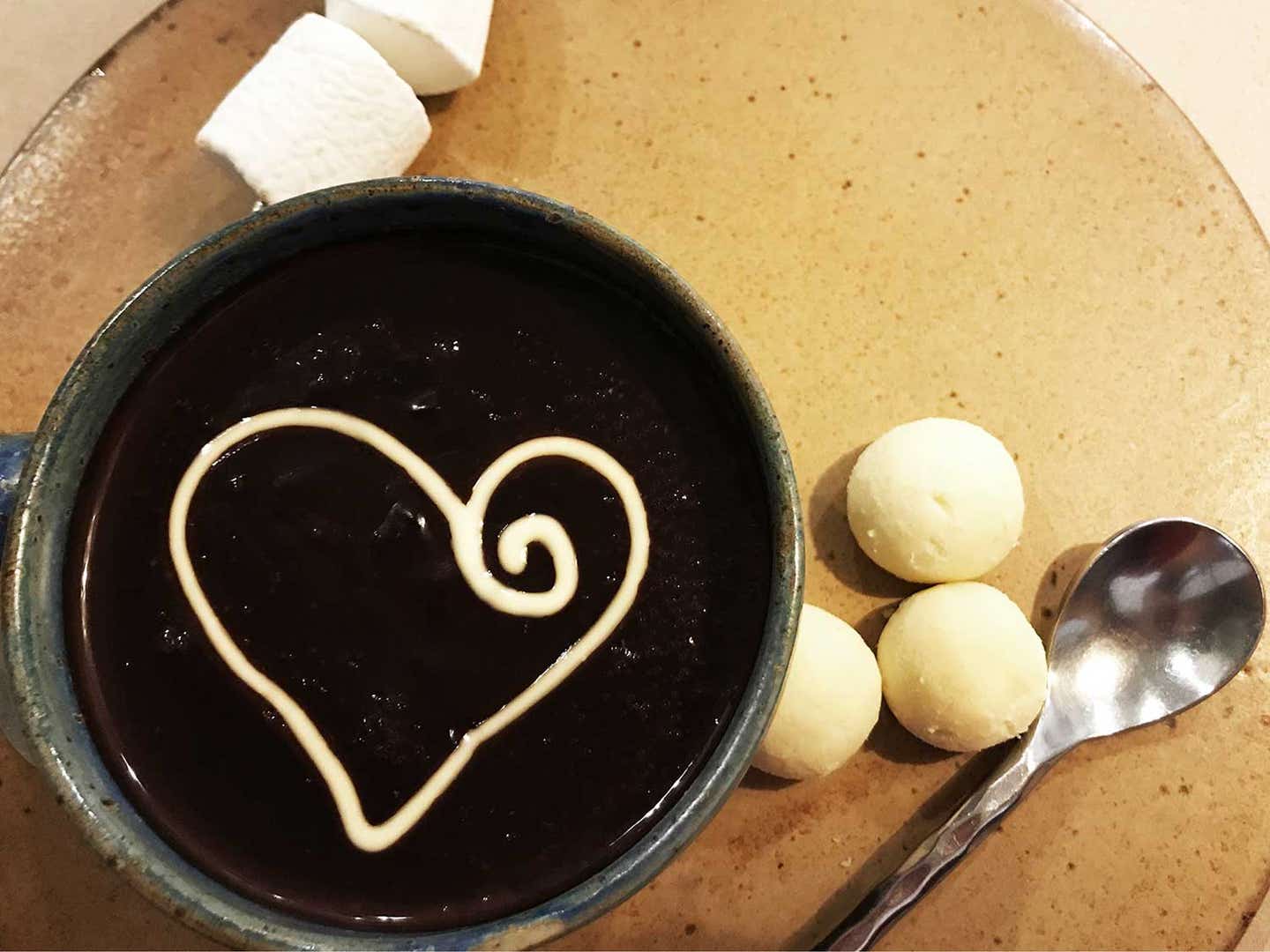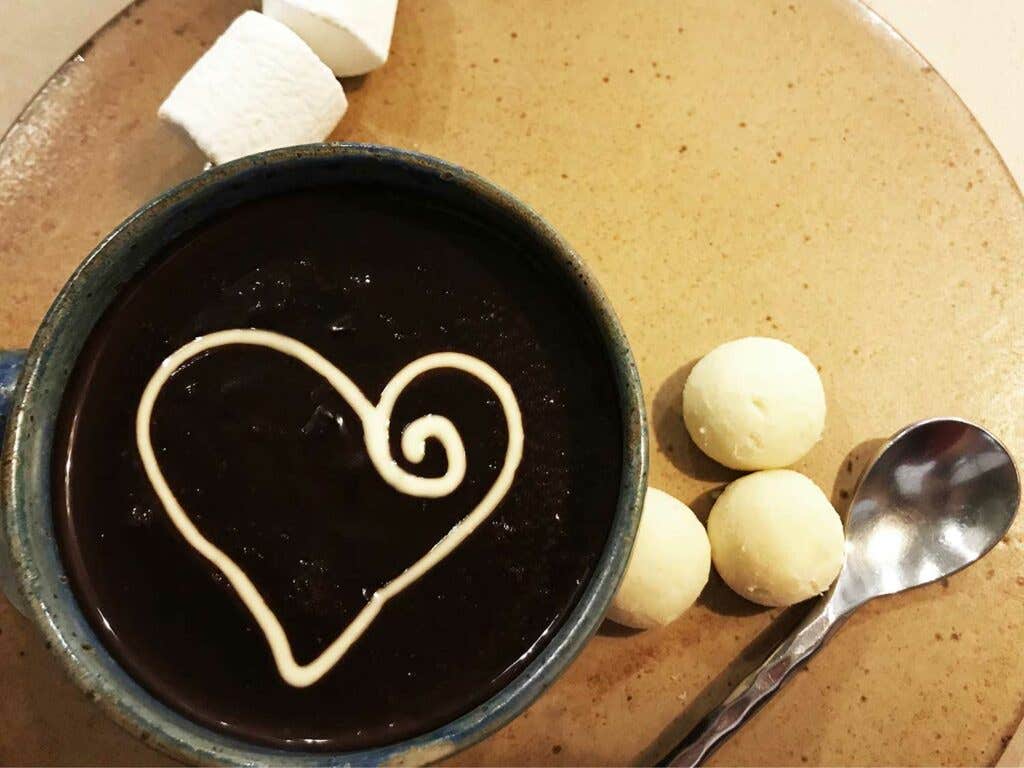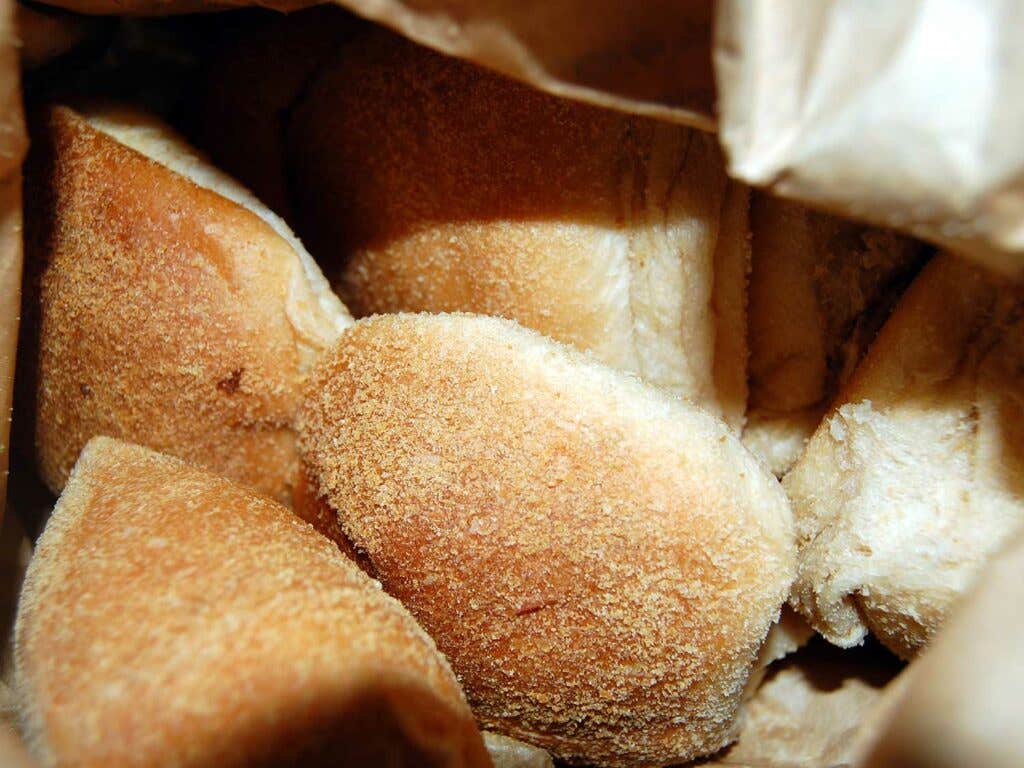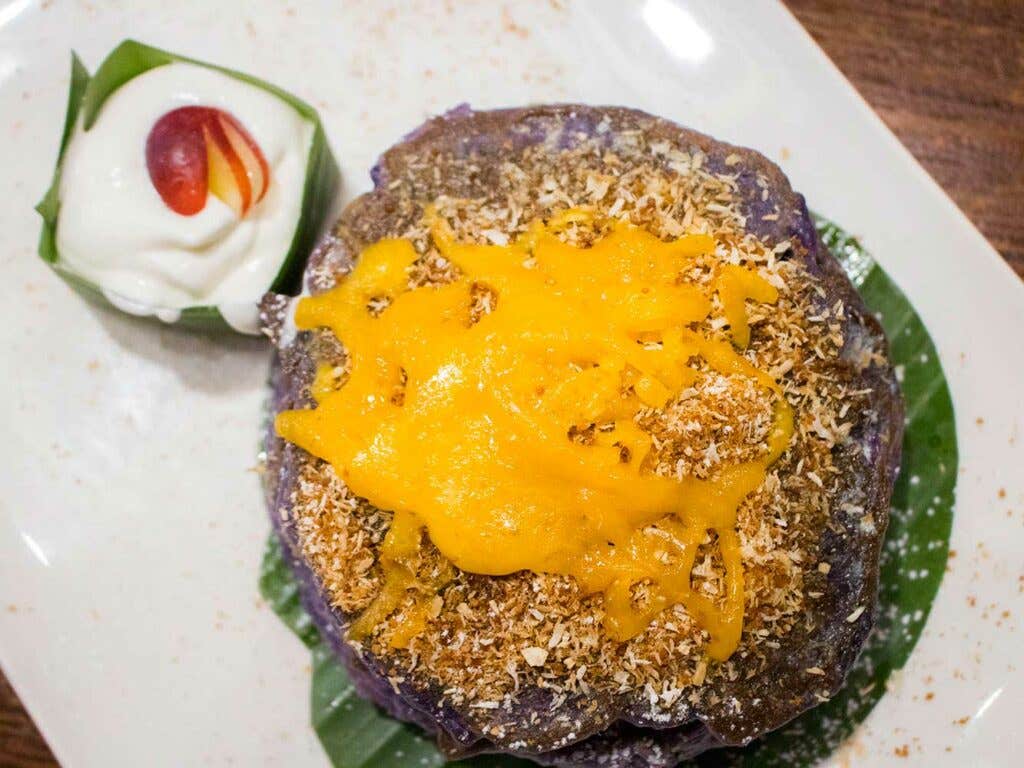
Everything You Need to Know About Filipino Breakfasts
These sweet and salty breakfasts are worth rolling out of bed for
Filipinos take the saying "Breakfast is the most important meal of the day" seriously, and nothing hits the spot like a proper Filipino breakfast. Although cereal and oatmeal are quick and easy options that have long been available for middle-class workers in the city (and for people on a diet), we've been taught that it's not a real meal unless rice is involved. Rice is the one thing that ties any Filipino breakfast together—whether in the form of sinangag (garlic fried rice), champorado (chocolate rice porridge), or kakanin (rice cakes).
Like the rest of the cuisine, no singular flavor defines the food. Breakfast can be as salty and dry as tuyo, as meaty and juicy as tocino, or as sweet and sticky as bibingka. But whether it's sweet or savory, it's always hearty and filling.
Forget avocado toast, pancakes, waffles—and, dare I say, bacon. Here are some of the different dishes that make stumbling out of bed worth it.
Silogs
Silog is short for sinangag at itlog (garlic fried rice and egg), and there are a number of dishes that fall in the silog family. The difference between each one lies in what is served with the garlic fried rice and the sunny-side-up eggs.
There's also a hidden necessary part of these dishes that isn't listed in their names, which is sukabre (vinegar). They are typically enjoyed with white cane vinegar, spicy sinamak (Iloilo's spiced vinegar), or sukang pinakurat—a vinegar made from coconut sap. The sourness adds an extra kick of flavor that Filipinos always look for in their food.
Tapa are thin slices of meat that are either dried or cured with salt and spices. The most popular tapa is made with cured beef, but there are versions of the dish made of carabao beef, horse meat, and even fish. Everyone has their own recipe, so the taste can range from a little sweet or salty, depending on what you like. There's also an option if you prefer your meat grilled—it's important to char the meat just a little—but typically in a Filipino household, frying on a pan is the most convenient method.
One of the most famous restaurant tapsilogs can be found at one of the oldest diners in Metro Manila, Rodic's Diner. Rodic's, which has been open since 1949, is known mostly to students and alums of the University of the Philippines. They serve everything from all-time favorites like sinigang (a sour, savory stew) to merienda (snack) food like palabok (a noodle dish made with shrimp sauce). But they are known most for their all-day breakfast menu, where their tapsilog is the star.
Their tapa is a little different from the usual thin, flat slices of beef. They're similar to the texture of pork floss, but still moist and flavorful.
Longganisa is a sausage, usually made with pork, mixed with a lot of spices, and stuffed in a pork intestine casing. If you prefer, you can find a skinless longganisa, or a sausage without the casing.
It is a complex Filipino food group on its own. Brought on by Spanish influence, the pork sausage can be classified in two ways: hamonado (sweet) and de Recado (garlicky). But while the dish is something we've adapted from the Spanish, Filipinos have made the longganisa their own by creating recipes that vary from region to region.
Some of the more famous of these sausages, which are also being commercially produced and sold in grocery stores and supermarkets, are Lucban's and Vigan's garlicky longganisas, and Pampanga's sweet glazed pork sausages. But my personal favorite comes from my hometown, Tuguegarao. Small family-owned businesses make homemade Tuguegarao longganisa that is heavy on the garlic and spices, chunky, and very fatty.
Tocino, another dish with Spanish origins, is the Filipino's sweeter take on bacon. Unlike the Western crispy strips, tocino is always meaty, juicy, and sweet, and cured in a brown sugar, vinegar, and soy sauce marinade. It can be made of beef or chicken, but the most popular version is made of pork belly, which usually comes out bright red after the curing process. However, chicken cooked with a toasty golden brown glaze is also quite common.
Tocino, like tapa and longganisa, is another breakfast food that is typically sold in Filipino supermarkets in freezers where Americans would typically find packaged bacon and ham.
Filipinos love to eat fish for breakfast—even in its saltiest, driest, smelliest forms. Bangus, or milkfish belly, is neither salty not dry, and just a little smelly. It's the gateway breakfast fish for any foreigner looking to slowly get into this fishy world. The bangus belly is marinated in vinegar, garlic, spices, and sometimes even calamansi for added sourness. When served, it's fried to a crisp, sometimes so toasted that even the fat at the center gets crunchy. And, yes, we usually still add more vinegar (mixed with fresh garlic) when we eat the fish with rice and egg.
One of the best bangus bellies I've ever tried is from the coastal city of Dagupan, a province in the province of Pangasinan. Restaurant Dagupeña serves and sells their special boneless dinaing na bangus (dried milkfish).
Tsokolate

Tsokolate-eh and tsokolate-ah
Filipinos are most definitely coffee drinkers, but there's nothing like a glass of hot tsokolate (chocolate) made from tablea cacao—small tablets of chocolate made from locally-sourced cocoa beans and muscovado sugar. The chocolate-drinking habit was brought over to the country by Spanish colonizers, who brought cocoa to our shores via Mexico.
The tablea is melted in boiling hot water, then sugar and milk are added to make it sweeter, richer, and creamier for a thick tsokolate, eh. The more watered-down, thin version is called tsokolate, ah. During the days of Spanish colonization, this was served to visitors. In national hero Jose P. Rizal's novel Noli Me Tangere, he suggests that the thicker version of the drink was reserved for wealthier Spanish guests and VIPs, while the thinner tsokolate, ah was for commoners and Filipinos.
Only Filipinos could turn chocolate into a heavy breakfast dish. Champorado is a thick chocolate porridge made with tablea and glutinous rice. It's prepared in practically the same way as the tsokolate drink, only with the addition of the puffy, chewy, slightly sticky grains of sweet rice—the same type of rice used for rice cakes.
An easier way to make champorado is with store-bought packs (also available in Filipino stores), but making it from scratch gives you a lot more control in terms of consistency and sweetness. And, of course, there’s nothing like the real thing.
Many Filipinos enjoy the sweet treat with salty tuyo, or salty dried fish. As strange as that sounds, it makes so much sense once you try it. The saltiness offsets the heavy sweetness of the porridge. It just works.
Pandesal

Pandesal is usually served alongside rice meals. It is best bought in the morning, fresh from the bakery. The breakfast bread rolls are warm, soft, chewy pillows covered in fine, dust-like crumbs. By itself, the bread is subtly sweet, perfect when paired and dunked in a coffee. Pandesal is also thick enough to slice in half to sandwich a palaman (filling), which can be anything from breakfast meats to coconut, pineapple or mango jam.
Pan de Manila is a big chain that serves pandesal and other baked goods all over the country. But as big a chain as they are, they still manage to make quality pandesal that a good number of people from around the country treat as their go-to. They also make a delicious yema spread, which is a custard-like palaman made with the same ingredients as the egg yolk and condensed milk-based soft candy.
Kakanin

Kakanin, or sweet rice cakes, are just as good for dessert as they are for breakfast. There are many different kinds of kakanin, but the most commonly eaten for breakfast are bibingka—a cake made from galapong (milled glutinous rice) and coconut cream—and the sweet, simple steamed rice cake, puto (which sometimes has cheese in the middle).
However, there are modern iterations of having kakanin for breakfast, like these puto bumbong "pancakes" by the Early Bird Breakfast Club. Puto bumbong, which is sold outside of churches during Christmastime in the Philippines, is traditionally made with a combination of pirurutung (sticky purple rice) and malagkit (glutinous rice) cooked in a bamboo shoot. Now it's typically made with ube (purple yam) powder or actual ube mixed with malagkit. It is served with coconut shavings and brown sugar.
Keep Reading
Continue to Next Story










